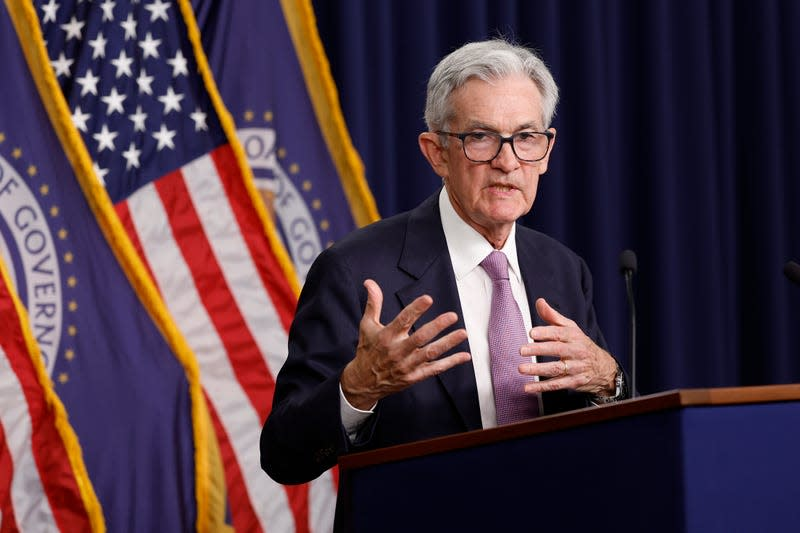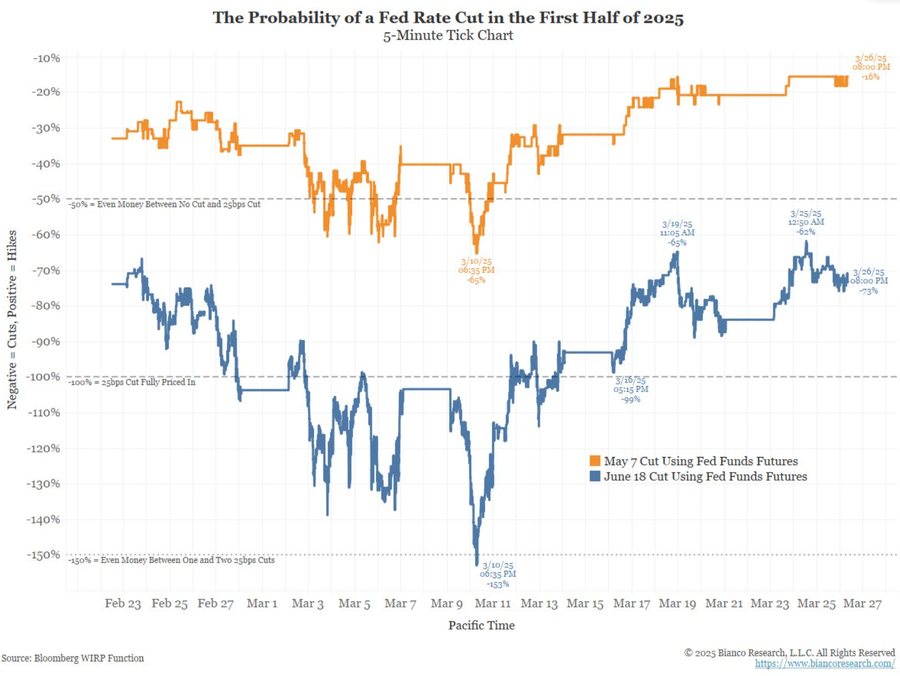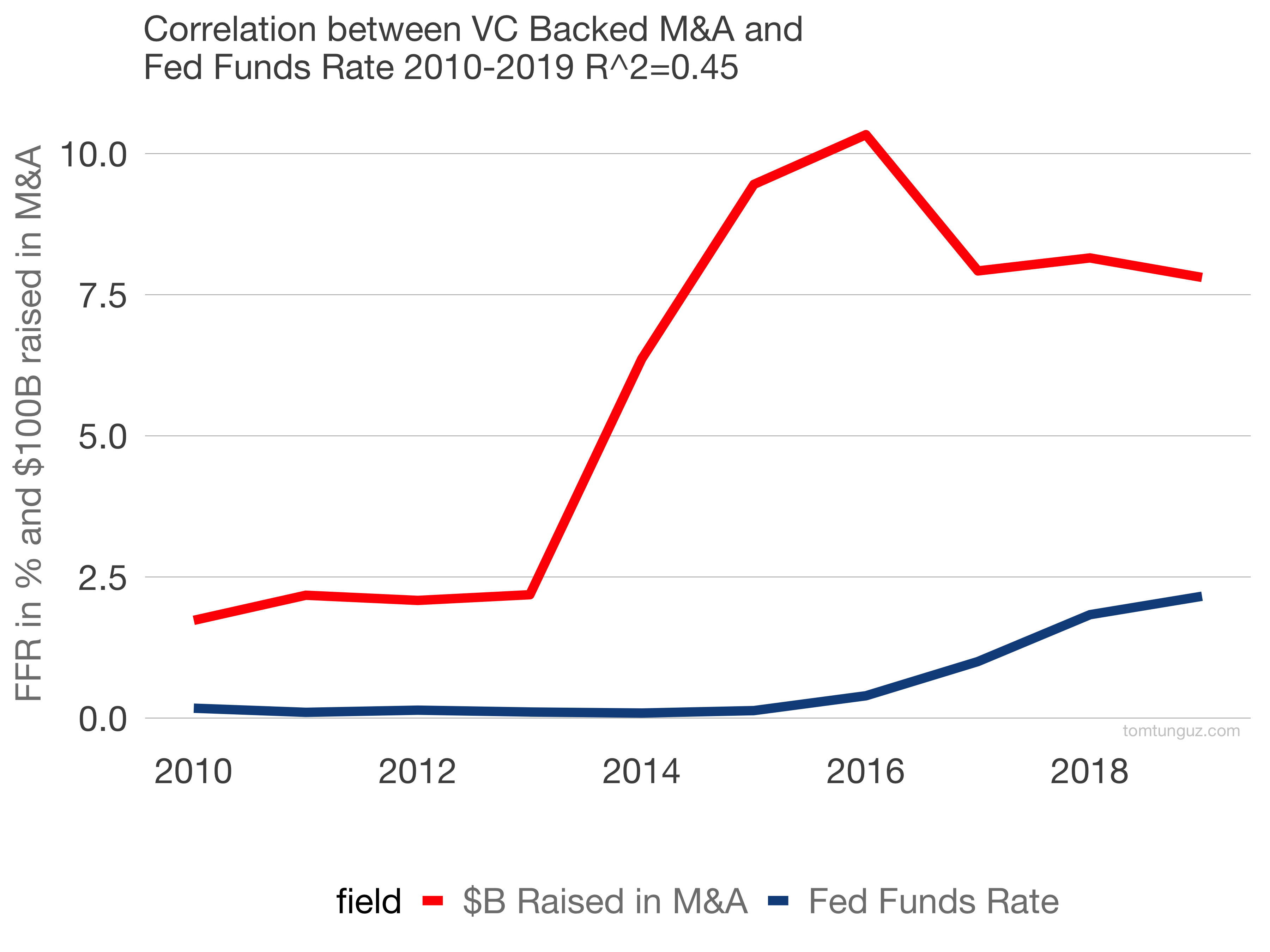Can Trump fire Fed chairman? This question has sparked significant debate regarding the power dynamics between the U.S. president and the Federal Reserve, particularly during disparities in monetary policy. With President Trump expressing discontent with Jerome Powell’s tenure as Fed chair, market responses have become increasingly nervous over potential implications for Federal Reserve independence. Trump’s criticism of Powell for not adopting a more aggressive approach to interest rates raises questions about the ramifications of removing the Fed chair ahead of his term expiration. Should such an action occur, analysts warn it could undermine long-standing traditions of central bank autonomy, ultimately influencing the broader financial system and economic stability.
The potential for presidential influence over the Federal Reserve chair has captivated economists and policymakers alike, particularly in the context of Trump and the Fed’s monetary policies. Discussions surrounding Jerome Powell’s leadership evoke concerns about the implications of his possible removal from office. As the tension between the executive branch and the central bank escalates, the trajectory of U.S. economic policy hangs in the balance. This evolving situation warrants close examination, especially regarding how the interplay between the presidency and the Federal Reserve could shape financial market reactions and economic outcomes. Understanding these dynamics is crucial for grasping the other factors at play in the stability and operation of the monetary system.
Understanding if Trump Can Fire the Fed Chairman
The question of whether President Trump can fire Federal Reserve Chairman Jerome Powell is complex and hinges on legal interpretations of the Federal Reserve Act and constitutional powers. The Act allows for the removal of governors for cause, but does not explicitly clarify if this also applies to the chair. Consequently, some legal scholars argue that Trump may have the authority, given the chair’s role in monetary policy and the broader executive functions dictated by the Constitution. Understanding this intricacy is crucial for grasping the implications of such a significant action on the economy and the independence of the Federal Reserve.
Furthermore, the long-standing independence of the Federal Reserve is a vital aspect of U.S. monetary policy. If Trump were to remove Powell, it could set a precedent that undermines this independence, potentially leading to destabilizing market reactions. The view among many analysts is that while theoretically possible, the political and economic ramifications of firing the Fed chairman would deter the president from doing so. Historically, central banks require a buffer free from political pressures to effectively manage inflation and stimulate growth without succumbing to short-term political agendas.
In addition to potential legalities, the Supreme Court’s interpretation of executive authority is increasingly relevant. Recent decisions suggest a trend towards curbing the so-called “for cause” protections that independent agency leaders usually enjoy. This brings into question how the Court might view a presidential attempt to fire someone like Powell, who plays a crucial role in shaping U.S. monetary policy. Any shift in judicial precedents surrounding this topic could further complicate the dynamics of the Federal Reserve’s operational independence.
Implications of Removing Jerome Powell as Fed Chair
Firing Jerome Powell could have profound implications on U.S. monetary policy and financial markets. The Federal Reserve is tasked with managing inflation and unemployment rates, primarily via adjusting interest rates. If Trump were to implement a change in leadership, markets may react negatively due to fears that the new chair would prioritize political motives over economic stability. The rationale behind maintaining a separate and independent Federal Reserve is to mitigate political cycles’ impact on long-term financial strategies. This connection to inherent market trust is critical to understanding why Wall Street remains apprehensive about the prospects of Powell’s removal.
Additionally, the economic climate under Trump’s administration has shown that aggressive monetary policies are popular in political discourse. However, the fear of inflation resulting from such policies remains a driving concern for both investors and the Federal Reserve. The long-term implications of a new Fed chair aligning more closely with the administration could disrupt established measures aimed at achieving optimal inflation rates while neglecting systemic risks in the economy. Analysts suggest that market stability hinges on certainty and trust in the Fed’s independence, making any unilateral actions by the president contentious.
Legal Considerations on Fed Chair Removals
The legal framework surrounding the potential removal of a Federal Reserve chair, including Jerome Powell, involves intricate statutory interpretations. While the Federal Reserve Act allows for removal of governors ‘for cause,’ the ambiguity surrounding the chair’s position raises questions regarding the limits of presidential authority. Legal experts highlight the need for the Supreme Court to define this removal authority, particularly as it relates to independent agencies. The implications of this debate extend beyond Jerome Powell, impacting how future administrations may handle central bank leadership and independence.
Recent high-profile cases concerning the limits of executive power have also influenced perceptions surrounding removal actions. The Supreme Court’s ruling in Seila Law pointed to a reexamination of the longstanding protections typically attributed to independent agency heads. Should Trump attempt to dismiss Powell, the subsequent legal challenges would not only draw from current interpretations but also potentially lead to landmark decisions that redefine presidential authority over independent regulators. This evolution in legal precedent could markedly alter the future landscape of U.S. monetary policy.
The Role of the Fed Chair in Monetary Policy Decisions
A common misconception regarding the Federal Reserve is the singular power of the chair in dictating monetary policy decisions. While the chair, such as Jerome Powell, plays a pivotal role in guiding discussions and navigating consensus among the Federal Open Market Committee, decisions are typically the result of collective agreements among board members. Understanding this collaborative nature is essential, as it indicates that changes in leadership may not drastically shift policy unless the broader composition of the board also changes.
Moreover, the chair is seen as the most influential voice, yet it is critical for them to maintain a good rapport with other board members to ensure cohesive decision-making. The ability to garner support from fellow governors often determines how effectively the Fed can respond to economic challenges. As inflation and growth remain top priorities, a new chair would need to prioritize collaboration to navigate any potential shifts in monetary policy effectively, reflecting the importance of stability and reliability in maintaining market trust.
Market Reactions to Potential Changes in Fed Leadership
Market responses to the potential removal of Jerome Powell highlight the inherent link between government actions and investor confidence. Any speculation about a shift in Fed leadership tends to induce fluctuations in stock prices, as investors become anxious over the future direction of monetary policy. Wall Street’s unease is coupled with the recognition that a new chair may pivot toward policies that favor short-term growth at the expense of long-term stability, further emphasizing the importance of the Fed’s independence.
Historically, markets have reacted negatively to any indication of political interference in the Fed’s operations, viewing it as a sign of instability that could impede economic growth. For example, during President Trump’s first term, his criticisms of Powell led to fluctuations in market confidence, showcasing how political rhetoric can sway investor sentiment. As such, future expectations surrounding the Federal Reserve’s leadership are closely monitored, making stable, predictable policies vital for maintaining overall market health.
The Federal Reserve’s Independence in the Trump Era
The independence of the Federal Reserve has become a distinguishing feature of its operations, especially during Trump’s presidency. This independence is designed to protect monetary policy from short-term political pressures and ensure that decisions are made based on economic factors rather than political gain. However, the contentious relationship between Trump and Powell has raised questions about how much that independence holds in practice. The economic ramifications of any potential upheaval in Fed leadership are acute, making it essential for any administration to weigh the risks before acting rashly.
Proponents of Federal Reserve independence argue that it fosters trust and efficiency in monetary policy, essential factors for stabilizing the economy. Detractors may claim that closer ties between government priorities and Fed operations could enhance growth, yet historical precedents suggest otherwise. Consequently, preserving this independence is crucial for maintaining credibility in policymaking and ensuring a balanced approach to managing inflation and economic stability during any presidency.
Historical Context of Presidential Influence on the Fed
Understanding the historical context of presidential influence over the Federal Reserve provides critical insights into contemporary debates. The Federal Reserve, established in 1913, was designed to operate independently from the executive branch, ensuring long-term economic stability rather than short-term political interests. Historically, there have been instances where tensions arose between presidents and Fed chairs, but such disputes have typically been resolved without resorting to removal.
In the modern era, recent presidents have often sought to exert influence over monetary policy, reflecting their ambitions for economic growth. The push and pull between political objectives and the Fed’s independent mandate underscore the delicate balance that must be maintained. Observers of presidential interactions with the Federal Reserve highlight the risks associated with undermining its independence, suggesting that respect for the institution is paramount in fostering economic confidence and stability.
Potential Economic Consequences of Firing a Fed Chair
The potential economic consequences of firing Jerome Powell extend beyond the immediate leadership change within the Federal Reserve. Market players often respond to such an event with apprehension, fearing the introduction of a policy agenda that prioritizes expansionary monetary policies aimed at stimulating growth over established frameworks focusing on price stability. This shift could lead to a significant realignment in market dynamics, resulting in heightened volatility and risk aversion.
In addition to ramifications for U.S. markets, international responses could ensue as confidence in the U.S. dollar may wane, affecting trade relationships and global market stability. The intricacies of monetary policy highlight the critical need for expert decision-making insulated from political influence, as the subsequent fallout from a poorly considered removal could ripple throughout the global economy. Maintaining a strong, credible Federal Reserve is thus essential for mitigating such risks.
The Future of Federal Reserve Leadership
The future of the Federal Reserve leadership, particularly post-Powell, raises essential questions about the trajectory of U.S. monetary policy. As the economy grapples with inflation and growth challenges, the successor’s alignment with the administration’s priorities will inevitably shape financial strategies. However, the expectation from market stakeholders is for a leader who will adhere to the institution’s commitment to independence, underscoring the belief that such fidelity fosters long-term economic stability.
Discussions around potential candidates highlight the importance of selecting an individual capable of balancing governmental expectations with the broader needs of the economy. Should Trump or any future president seek to influence Fed operations, the implications on investor confidence and market stability would be profound, emphasizing the need for an astute leader who can navigate these complex dynamics while safeguarding the integrity of the Federal Reserve.
Frequently Asked Questions
Can Trump fire the Fed chairman Jerome Powell?
Theoretically, President Trump can attempt to remove Federal Reserve Chairman Jerome Powell, as federal governors can be dismissed for cause under the Federal Reserve Act. However, there is significant legal uncertainty regarding the power of a president to remove the Fed Chair, as previous Supreme Court decisions have protected independent agency officials from arbitrary dismissal. Additionally, such a move could adversely affect the perceived independence of the Federal Reserve.
What would happen if Trump tries to fire Fed chairman Powell?
If President Trump were to attempt to fire Fed Chairman Powell, the market reaction could be substantial. Analysts believe that such an action might undermine the Federal Reserve’s independence and credibility, potentially leading to increased longer-term interest rates and market instability due to fears of inflation.
How does Federal Reserve independence affect Trump’s ability to fire Powell?
Federal Reserve independence is a crucial principle that protects monetary policy from political pressure. While Trump could try to influence Powell’s removal, the precedent set by the Supreme Court regarding the protection of independent agency officials suggests that any such action could face legal challenges and might destabilize the financial markets.
What are the monetary policy implications if Trump fires the Fed chair?
If Trump were to fire the Fed chair, monetary policy could shift toward a more lenient approach, prioritizing short-term economic growth over controlling inflation. This potential for looser monetary policy could lead to a loss of trust in the Federal Reserve’s commitment to its inflation targets, causing unpredictable responses in financial markets.
Could Trump legally remove Jerome Powell before his term ends?
Legally, the possibility of Trump removing Jerome Powell hinges on interpretations of the Federal Reserve Act. Some argue that the Fed chair’s four-year term includes ‘for cause’ protections, while others suggest the president may have the authority to override this through executive power. Nevertheless, the historical context and recent Supreme Court rulings create a complex legal environment for such a removal.
Why might Wall Street be concerned about Trump firing the Fed chair?
Wall Street’s concern over the potential firing of the Fed chair stems from fears that the independence of the Federal Reserve would be compromised, leading to uncertain and potentially inflationary monetary policies. Such actions could diminish market confidence and trigger a rise in long-term interest rates as investors adjust their expectations of future policy direction.
What is Trump’s history with the Federal Reserve and Jerome Powell?
President Trump’s relationship with the Federal Reserve and Jerome Powell has been contentious, characterized by disagreements over interest rates and monetary policy. Trump has publicly criticized Powell for not being aggressive enough in cutting rates, reflecting his preference for economic stimulus to support near-term growth.
Will Trump actually fire the Fed chairman Powell?
While President Trump has hinted at the possibility of firing Jerome Powell, he has also stated he has no plans to do so. The dynamics of market reactions, legal implications, and the importance of Federal Reserve independence suggest that such an action may be met with significant resistance and adverse consequences.
How does the removal of the Fed chair affect investor confidence?
The removal of the Fed chair could severely impact investor confidence, as it would indicate potential political interference in monetary policy. This could lead to increased volatility in financial markets, as investors may fear a shift toward more accommodative policies that spark inflation, ultimately undermining the Fed’s credibility.
What risks does Trump face by attempting to fire the Fed chair?
By attempting to fire the Fed chair, Trump risks significant backlash in financial markets, potential legal challenges, and the erosion of the Federal Reserve’s independence. The anticipated negative market reaction—as investors fear uncertainty and instability—could deter such a drastic decision.
| Key Aspect | Details |
|---|---|
| Possibility of Removal | The President could potentially remove the Fed Chair, but legal and market implications make this action controversial. |
| Independence of the Fed | Firing Jerome Powell could undermine the Federal Reserve’s independence, affecting market credibility. |
| Statutory Interpretation | The Federal Reserve Act allows removal for cause, but there is ambiguity regarding the Chair’s position and protections. |
| Supreme Court Stance | Recent Supreme Court decisions could influence interpretations of the removal power concerning independent agencies like the Fed. |
| Market Reaction to Removal | If Trump attempted to fire Powell, it could lead to significant market instability and distrust in the Fed’s actions, entrenching fears of inflation. |
| Importance of Chair’s Role | While the Chair has significant influence, decisions require consensus among the board members, impacting how monetary policy is shaped. |
Summary
Can Trump fire Fed chairman? The potential removal of Jerome Powell by President Trump raises complex legal and market considerations. While the President theoretically has the power to fire the Fed Chair, such an action may threaten the independence of the central bank, disturb market confidence, and invite scrutiny from the Supreme Court. As discussions about monetary policy evolve, maintaining the Fed’s autonomy becomes increasingly critical to avoid undermining economic stability.


